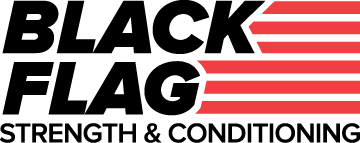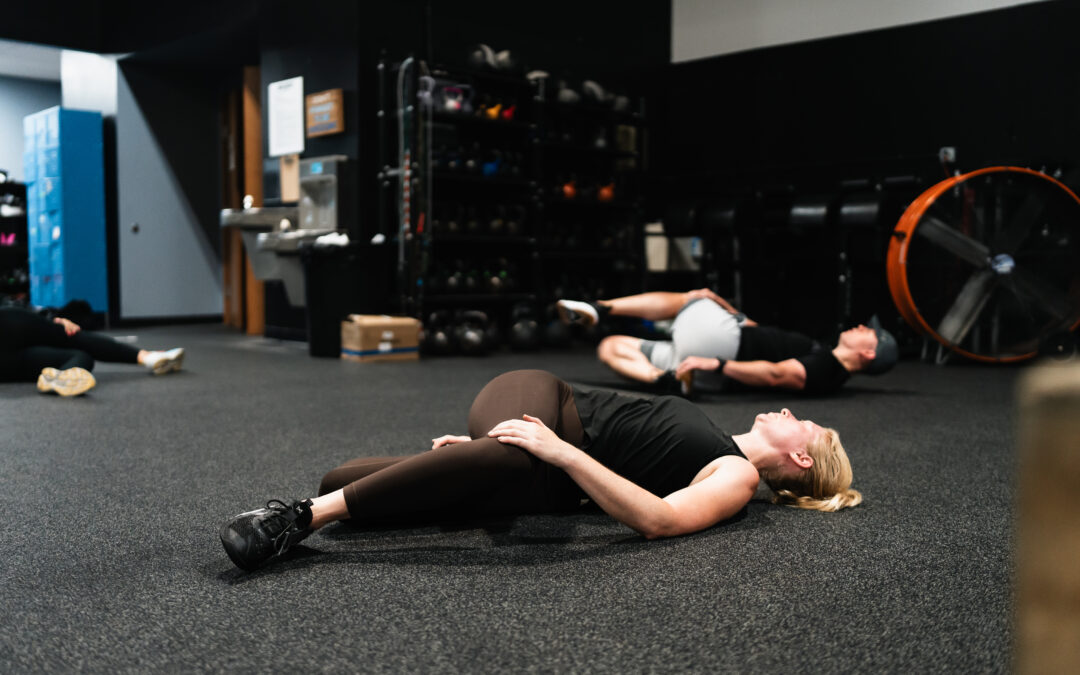Training, at its core, revolves around the concept of creating stress and then allowing for adaptation to that stress. Whether you’re aiming to build muscle, increase your VO2 max, or strengthen your immune system, it all begins with stressing those systems and then facilitating proper recovery. This approach is critical for strengthening and creating adaptations in response to those stressors.
To build strength and muscle, we stress the muscular system. To enhance VO2 max, we stress our cardiovascular system. To challenge our immune system, we expose ourselves to extremes like cold and heat. While focusing on specific aspects of our training is beneficial, it’s important to remember that these training stressors—and life stressors such as work, poor sleep, and inadequate nutrition—all impact a common underlying system: the autonomic nervous system (ANS). The ANS regulates many critical functions and is highly sensitive to these varied stress signals.
For those preparing for specific events, the recovery period might include a taper, which is designed to maximize recovery and adaptation, often referred to as super-compensation. However, for most recreational athletes aiming to improve overall health and wellness, recovery and adaptation are ongoing processes. These processes need to be carefully managed because the goal isn’t to peak for one particular event but to perform at our best every day.
As fitness professionals and programmers, it’s essential to facilitate training that elicits a stress or “fight or flight” response (sympathetic), and then complement this training with strategies that encourage recovery, shifting the autonomic response towards a “rest and digest” state (parasympathetic). This balance is crucial for maximizing training benefits and overall well-being.
At Black Flag Athletics, we have adopted three simple yet effective strategies to help efficiently lower stress responses post-training:
- Music Transition: At the end of every class session, during our adaptation period, our coaches will gradually lower the music volume and shift from fast-paced, upbeat tracks to slower, more relaxing and mellow music. This subtle change in the auditory environment helps to signal to the body that it’s time to start winding down.
- Active Recovery: We encourage our athletes to engage in light activity, such as a gentle bike ride or a leisurely walk. This not only helps to gradually decrease heart rate and flush out metabolic byproducts like hydrogen, phosphates, and lactate but also aids the autonomic nervous system in adjusting to the stimuli provided, transitioning from a high-stress environment to a more relaxed state.
- Focused Breathing: We emphasize the importance of breathing and respiratory rate. By asking our members to lay down and concentrate on their breathing (preferably nasal breathing), we help them significantly reduce the sympathetic state and move towards a parasympathetic state. This focused breathing technique plays a crucial role in how the body responds to the stress of training.
Recognizing the importance of recovery and the role of the autonomic nervous system can help us train more effectively and sustainably. It’s about finding the balance between training hard and allowing our bodies the necessary time and resources to recover. This balance ensures that we can continue to improve and enjoy our training, not just for one event, but as a part of our daily lives.
Yours In Fitness,
CSCS | CFL3 | Fitness Specialist | Biomechanics Specialist | USAWL1
“Take care of your body. It’s the only place you have to live.”
Owner/Head Coach – Black Flag Athletics

